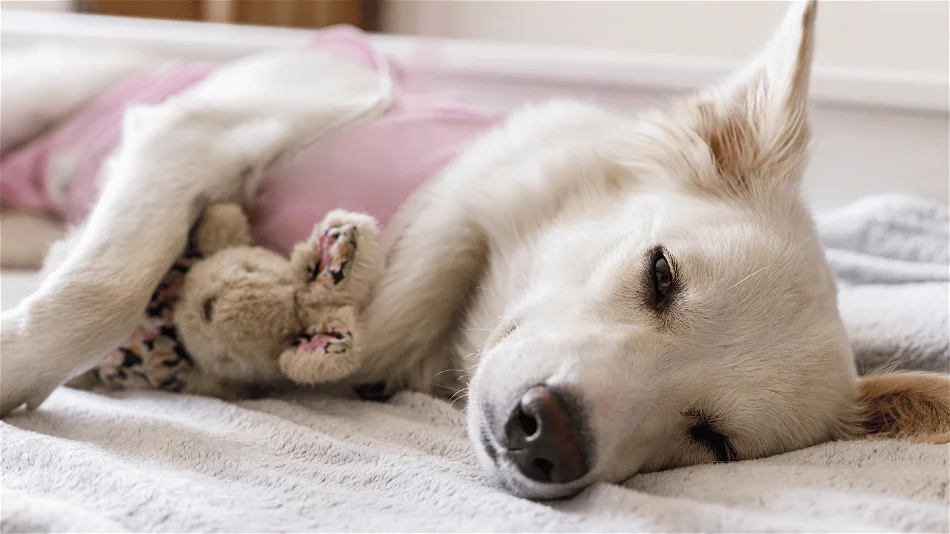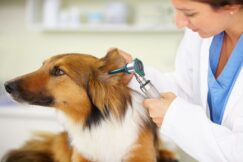If you have a furry friend who is scheduled to undergo spaying surgery, you might be wondering about the post-operative care. One common concern among pet owners is whether their dog can get on the bed after spaying. In this article, we will address this question and provide you with valuable insights to ensure the well-being of your beloved pet.
The Importance of Rest and Restriction
After spaying, it is crucial to prioritize your dog’s rest and limit their physical activities for a certain period in daycare. The surgery involves the removal of the ovaries and sometimes the uterus, requiring the body to heal properly. By allowing your dog to rest and avoiding excessive movements, you can contribute to their overall recovery process.

The Healing Phase
During the initial healing phase, which typically lasts for about 10 to 14 days, it is generally recommended to prevent your dog from jumping onto the bed or engaging in any strenuous activities. The incision site needs time to heal and any undue pressure or movements can hinder the healing process and potentially cause complications.
Managing Bed Access
While it is advised to keep your dog off the bed during the healing phase, you can take certain measures to ensure their comfort. Consider creating a cozy and safe space on the floor near your bed. Provide a soft and comfortable bed or blanket, along with your dog’s favorite toys and treats. This will help them feel secure and close to you while still abiding by the restrictions necessary for their recovery.
Using Pet Ramps or Stairs
If your dog is used to sleeping on the bed and you find it challenging to keep them away, using pet ramps or stairs can be a helpful solution. These accessories provide a gradual incline for your dog to climb onto the bed without exerting too much pressure on their healing incision. By using a ramp or stairs, you can minimize the risk of injury and ensure a more comfortable transition.
Supervision and Gradual Reintroduction
Once the initial healing phase has passed, you can gradually reintroduce your dog to the bed. However, it is crucial to supervise their behavior and observe any signs of discomfort or pain. Suppose your dog shows any reluctance or seems to experience discomfort while attempting to jump onto the bed. In that case, it is advisable to consult with your veterinarian before allowing them full access.
Conclusion
Ensuring the well-being and recovery of your dog after spaying is essential. While it is generally recommended to keep your dog off the bed during the initial healing phase, you can make their recovery more comfortable by creating a cozy space on the floor nearby. If you decide to allow them on the bed later, using pet ramps or stairs can help minimize any potential strain on their healing incision. Remember to prioritize your dog’s comfort and monitor their behavior throughout the process.
FAQs (Frequently Asked Questions)
1. Can my dog sleep on the bed immediately after spaying?
No, it is recommended to keep your dog off the bed during the initial healing phase to promote proper recovery.
2. How long should I restrict my dog’s access to the bed after spaying?
The recommended period for restricting access to the bed is usually around 10 to 14 days, but it can vary depending on your veterinarian’s advice.
3. Are there any alternatives to keeping my dog off the bed?
Yes, you can create a comfortable space on the floor near your bed and provide your dog with their own cozy bed or blanket.
4. Can I use pet ramps or stairs to help my dog get on the bed after spaying?
Yes, using pet ramps or stairs can be a helpful solution to minimize strain on your dog’s healing incision while allowing them access to the bed.
5. Should I consult my veterinarian before allowing my dog on the bed after spaying?
It is advisable to consult with your veterinarian if your dog shows any signs of discomfort or reluctance to ensure a safe and smooth recovery process.




